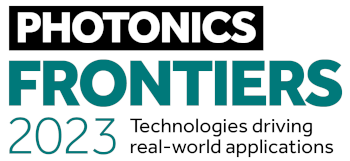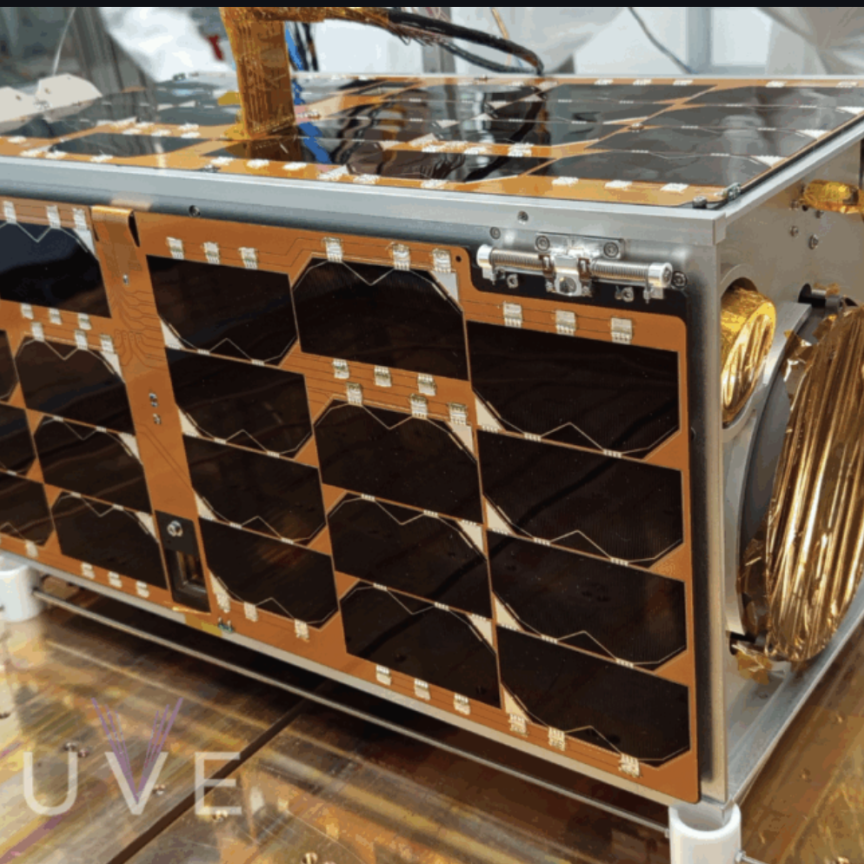Water is essential to human survival and is critical to food security, environmental conservation, and human health. However, due to various human activities, such as the use of agricultural fertilisers and industrial pollutants, water quality has been compromised. Therefore, assessing water quality has become vital across both environmental monitoring and ensuring the quality of drinking water.
UV-Vis spectroscopy for online water monitoring
Traditional methods for assessing water quality parameters include chemical, biological, and physical approaches. While chemical methods require bulky and expensive equipment and a large number of reagents, biological methods suffer from lower accuracy and sensitivity1.
Physical methods, on the other hand, include spectral remote sensing technology in the UV and visible wavelengths, such as UV-Vis spectrophotometry, which is increasingly used for rapid water quality assessment.
UV-Vis spectrophotometry works on the principle of the correlation between the absorption of specific light wavelengths by a substance and its concentration2. The method does not require sample filtrations, is reagent-free, and provides fast measurements of water quality in real time.
Among the parameters that can be measured using UV-Vis spectrophotometers are UV254, colour, nitrate, depleted oxygen content (DOC), total oxygen content (TOC), and the spectral absorption coefficient (SAC254). In recent years, additional parameters have been included in water quality monitoring using online UV-Vis spectrophotometers2, such as measurements of dissolved organic matter3, chemical oxygen demand (COD)4 in water bodies, and disinfectant in drinking water5.
Single-wavelength and multiwavelength detectors
There are two types of spectral sensors used in water analysis: single-wavelength (SW) sensors and spectrophotometers.
SW sensors generally consist of a bandpass-filtered single photodetector and a light source that emits in the targeted wavelength and is absorbed by the substance to be detected. On the other hand, spectrophotometers use a broadband light source, a diffraction grating that separates light into its wavelength components and directs it towards a linear array photodetector.
Generally, when comparing the performance of full-spectrum and SW sensors, the latter can measure parameter variations during certain periods but may not compensate for the particle effect accurately, specifically when comparing the results with the standard laboratory procedures and measurements. On the contrary, spectrophotometers provide better particle compensation and can be calibrated to specific locations with higher accuracy. They are better for precise applications, such as real-time water and treatment process monitoring6.
Light sources for UV-Vis spectroscopy
When using a UV-Vis spectral or full-spectrum sensor, it is crucial to choose the most suitable broadband light source. The light source needs a suitable spectrum, brightness, reliability, short to no warm-up time, long lifetime, low power consumption and compactness.
Although LEDs are widely used in many applications, they are not as useful in UV-Vis spectrophotometry due to their narrow-spectrum light and limited available wavelengths. Instead, broadband emitters like deuterium lamps and xenon flash lamps are preferred.
Deuterium lamps have a limited emission spectrum and require long warm-ups, but are preferred for lab-based benchtop devices due to their lower peak-to-peak variation. Xenon flash lamps offer a wider wavelength range, allowing for the simultaneous detection of a high number of water parameters.
Hamamatsu’s Xenon Flash Lamps for portable spectrophotometers
Using their know-how in vacuum device fabrication and electronics integration, Hamamatsu Photonics developed the most advanced Xenon Flash Lamps for UV-Vis-NIR portable spectrophotometry and online water monitoring. These devices are available as stand-alone emitters or modules with an integrated trigger socket and power supply for easy integration.
Hamamatsu’s Xenon Flash Lamps feature instantaneous high peak output, a compact design, low heat generation, and a continuous emission spectrum from 160nm up to mid-infrared wavelengths, making it the ideal light source for miniaturised instruments. These lamps have a guaranteed lifetime of 10 billion flashes and offer output powers spanning from 2W up to 60W.
In conclusion, monitoring water quality is crucial to maintaining human health, food security, and environmental conservation. While traditional sampling programmes provide only a partial understanding of water quality, UV-Vis spectroscopy offers real-time, accurate, and cost-effective measurements of various water parameters. UV-Vis spectrophotometry is becoming increasingly popular in water quality assessment because it allows for precise measurements of various water parameters. Online UV-Vis spectrophotometers are particularly useful for real-time monitoring of water quality, and their performance can be improved by choosing the most suitable broadband light source.
References
1. https://doi.org/10.1080/05704928.2015.1010205
2. Guo, Y.; Liu, C.; Ye, R.; Duan, Q. Advances on Water Quality Detection by UV-Vis Spectroscopy. Appl. Sci. 2020, 10, 6874.
3. Li, P.; Hur, J. Utilization of UV-Vis spectroscopy and related data analyses for dissolved organic matter (DOM) studies: A review. Crit. Rev. Environ. Sci. Technol. 2017, 47, 131–154.
4. Liu, F.; Zheng, P.; Huang, B.; Zhao, X.; Jiao, L.; Dong, D. A review on optical measurement method of chemical oxygen demand in water bodies. In Proceedings of the International Conference on Computer and Computing Technologies in Agriculture, Beijing, China, 27–30 September 2015; pp. 619–636.
5. Hossain, S.; Chow, C.W.; Hewa, G.A.; Cook DHarris, M. Spectrophotometric online detection of drinking water disinfectant:A machine learning approach. Sensors 2020, 20, 6671.
6. Shi, Z.; Chow, C.W.; Fabris, R.; Liu, J.; Jin, B. Alternative particle compensation techniques for online water quality monitoring using UV–Vis spectrophotometer. Chemom. Intell. Lab. Syst. 2020, 204, 104074. [CrossRef]
Further information
For more information about Hamamatsu’s solutions for the Energy/Environment sector, visit: www.hamamatsu.com




